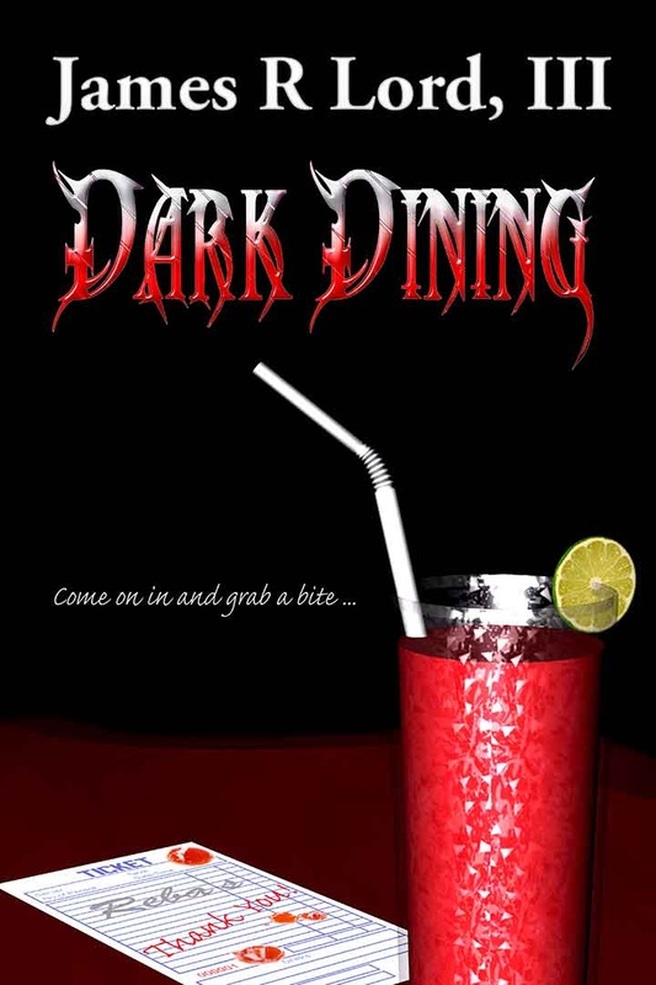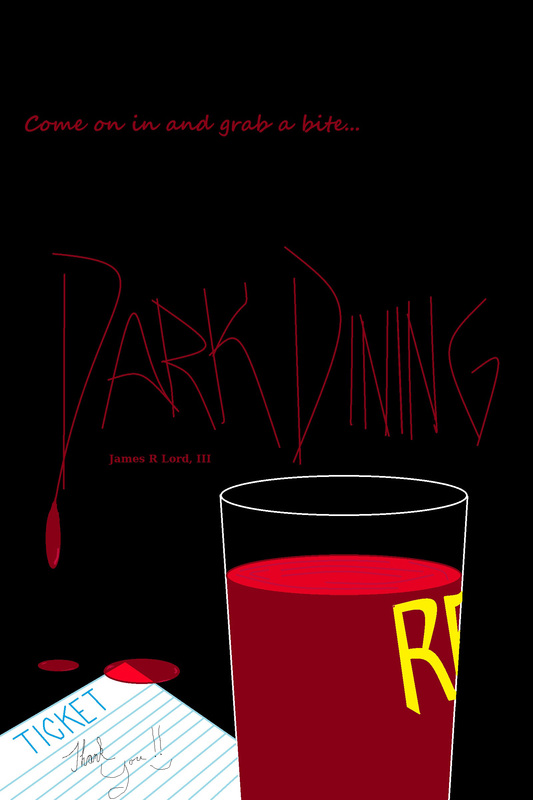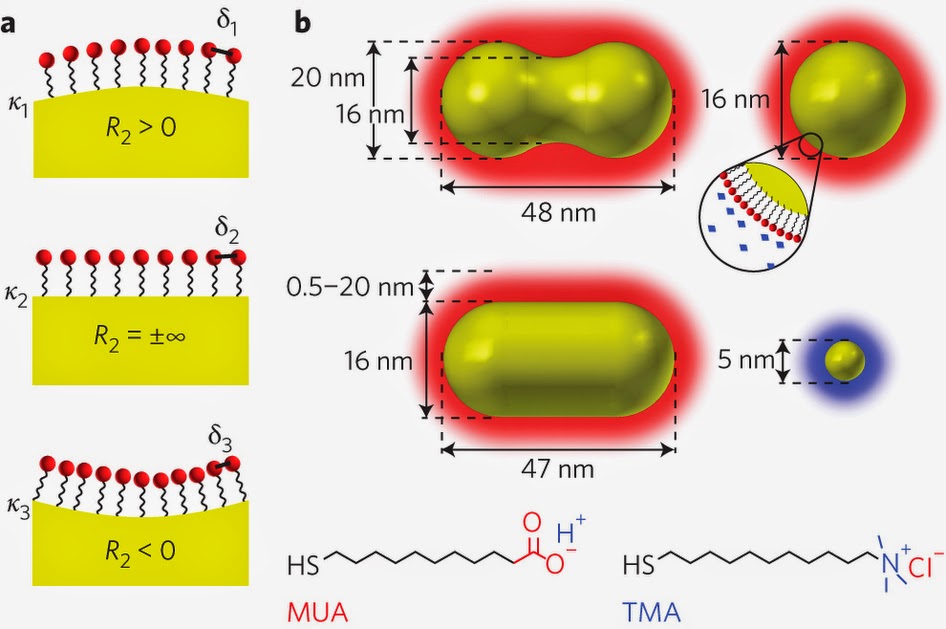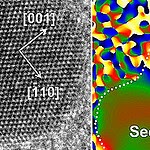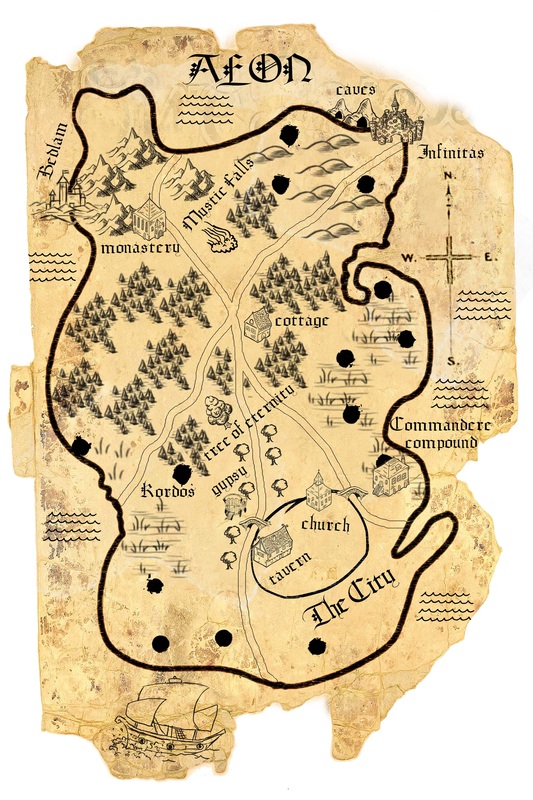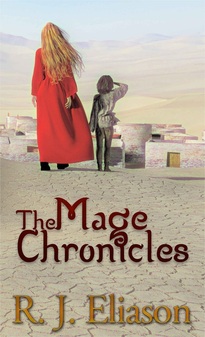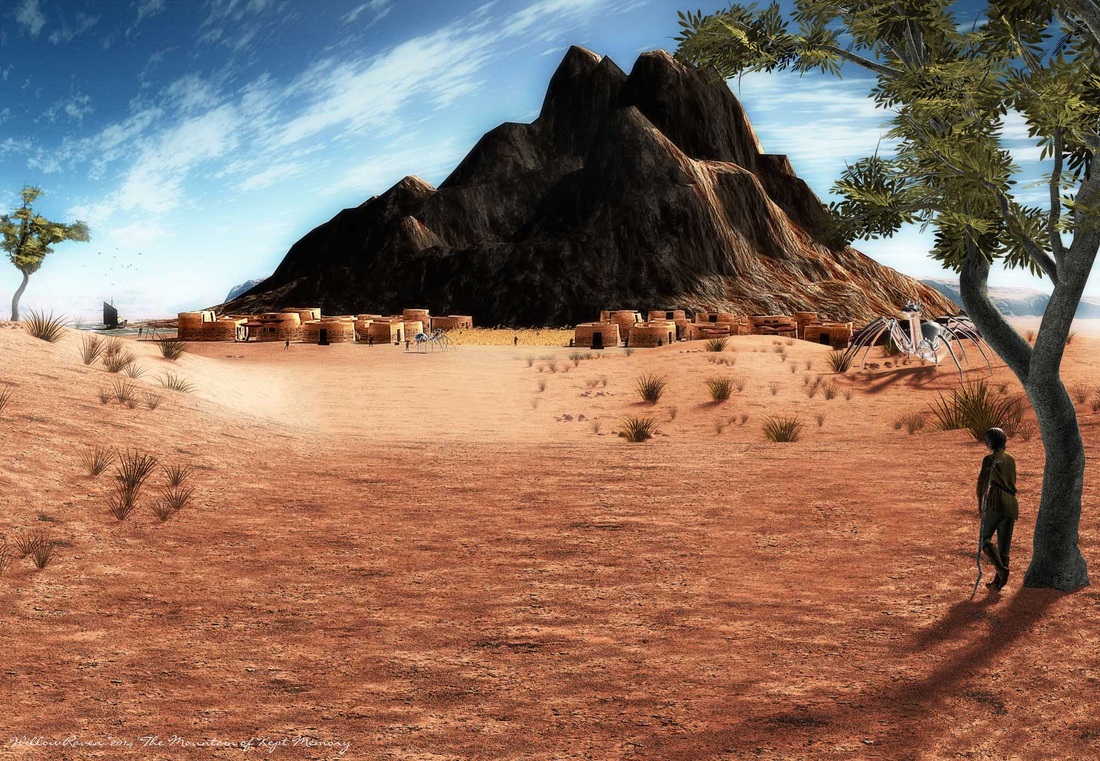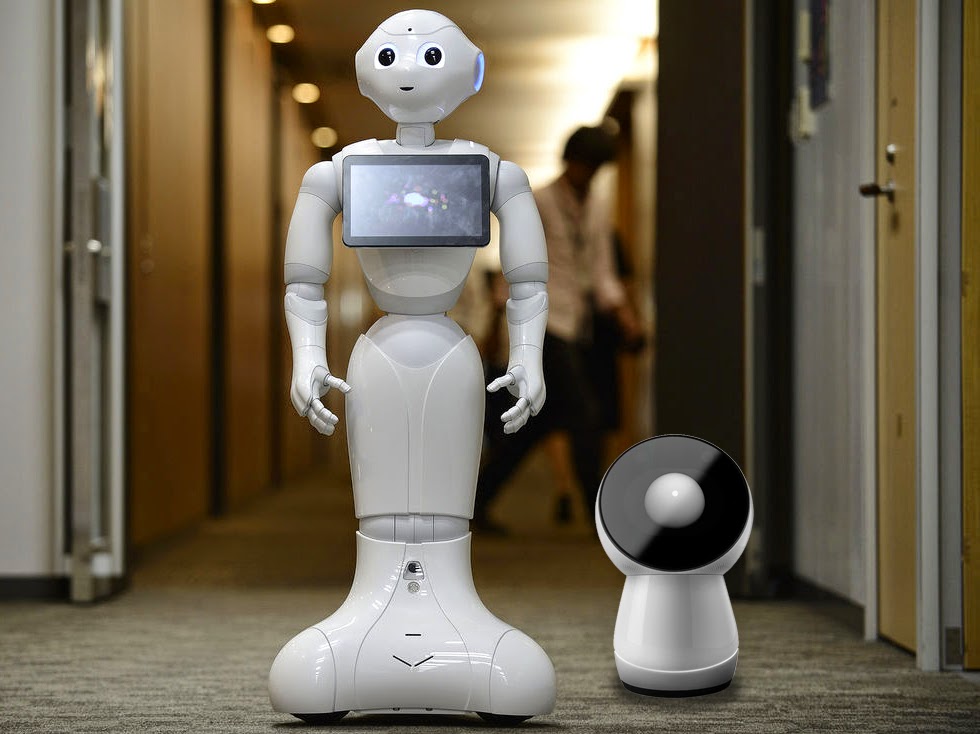My first PC was the Sinclair 1000 in 1982. If you got it to work you tapped in basic code, recorded your work on cassette tape and watched the blocky results on B/W TV. Never got an Atari or a Commodore. My first "real" PC was a 286 DOS machine. Today I have two older laptops and an Android Tablet. Take a breather............30 years ago we were pushing chunky pixels playing "Pong" today we are trying to build holodecks so we can have virtual reality at home.
The home holodeck, what kind of computer would that take? Suppose you bought the Robin Hood story library and you wanted to immerse into it and either you forgot your part or wanted to freelance a little. How would the computer check your stuff? Maybe you get arrested by the sheriff and get zapped in a torture chamber. It's not in the script but maybe the computer decides to do a little creative freelancing of it's own. So, that will learn ya.
I know you are all suckers for realism but keep the chunky pixels so that you can tell reality from computer generated. Many many have gotten the hacked versions of reality games. They get shot in cyber wars, have the wounded mind but no wounds on their physical body. Do you realize how hard it is to treat mind wounds? They look fine but they are messed up. I used my digital cam to take their picture and retouch them digitally. I've had good results, but I'm not an cosmetic artist.
The absolute funny part is when they come back for a touch up and the system resolution has improved. I still got the old equipment. Some of these folks have two or three resolution formats in their persons. Next year new technology will combine a pixel and a nano so that repairs can be flawless. Until then I have to send folks through a transmutation device. It is not great but you have to swear off "computer realism" till your cyber wounds heal. Parents rejoice it's OK to pull the plug every now the then.

